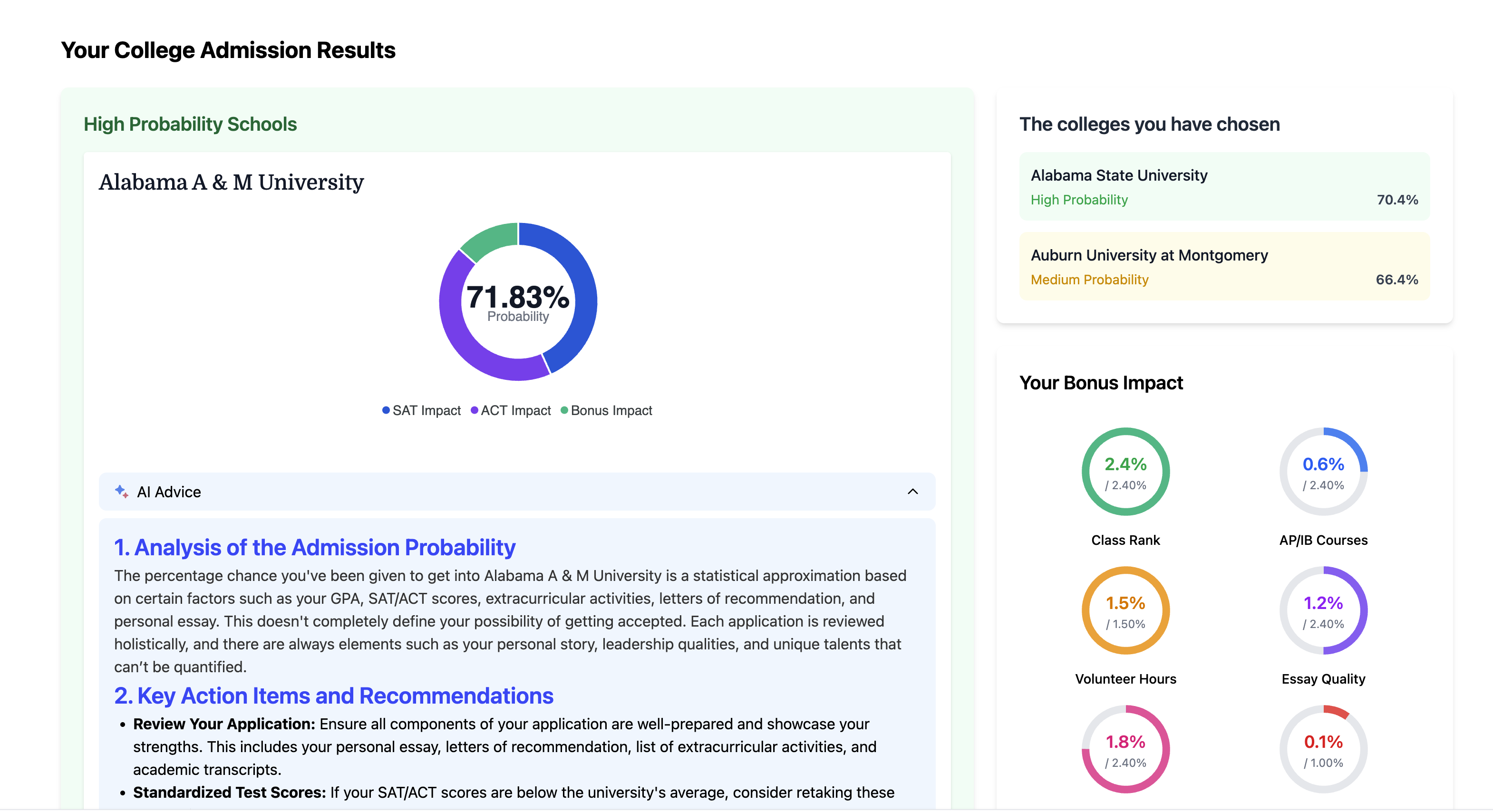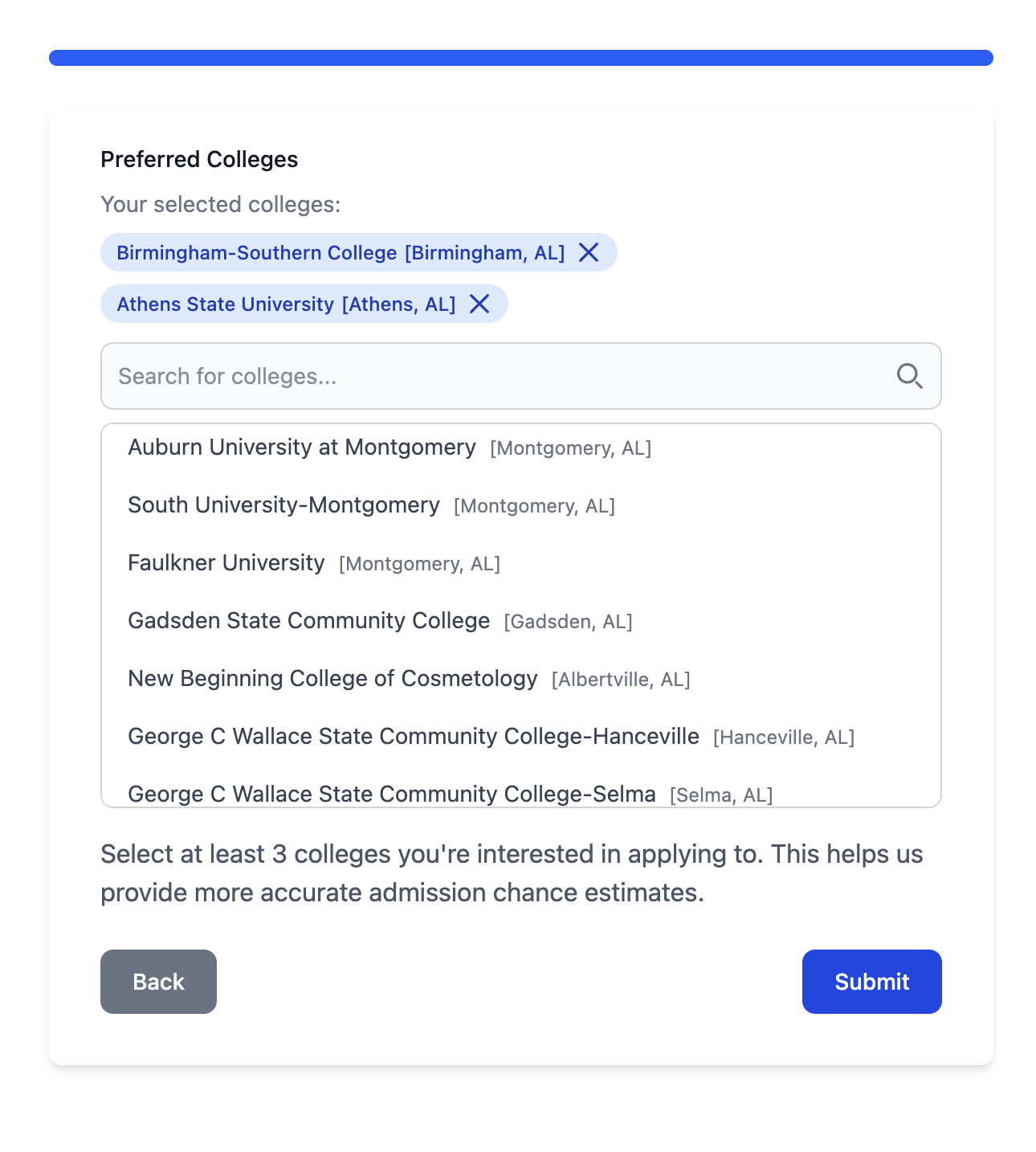10 Proven Study Techniques That Actually Work in 2025
Introduction
As education continues to evolve with AI tools and neuroscience research, effective study habits are more crucial than ever. In 2025, students are not just reading textbooks—they're using strategic, evidence-based techniques to maximize learning efficiency. This guide covers ten proven study methods that actually deliver results, whether you're a high school student, college learner, or professional aiming for upskilling.
1. Active Recall: Boosting Long-Term Memory Retention
Active recall is a scientifically supported technique where students actively stimulate memory during the learning process. Rather than passively rereading notes, learners test themselves, which enhances memory consolidation. Tools like Anki and Quizlet are popular for implementing this method.
Benefits:
- Enhances long-term retention
- Improves critical thinking
- Reinforces neural connections
2. Spaced Repetition: Timing Your Reviews Right
Instead of cramming, spaced repetition involves reviewing information at increasing intervals. In 2025, AI-powered platforms can predict optimal review times to strengthen memory encoding.
Tips:
- Use apps like SuperMemo or Anki with spaced algorithms
- Review key concepts within 24 hours, 3 days, then weekly
3. Pomodoro Technique: Mastering Time Management
This method breaks study time into 25-minute focused sessions followed by 5-minute breaks. It helps maintain high levels of focus and prevents burnout. In 2025, productivity apps integrate Pomodoro timers with personalized analytics.
Implementation:
- Use Focus To-Do or Forest app
- After 4 Pomodoros, take a longer break (15–30 minutes)
4. Interleaved Practice: Mixing It Up for Better Learning
Rather than studying one subject intensively, interleaving mixes related topics, promoting deeper learning. For example, math students might alternate between algebra, geometry, and calculus in a single session.
Results:
- Encourages pattern recognition
- Enhances adaptability and application
5. Mind Mapping: Visualizing Complex Concepts
Mind maps help students understand relationships between topics. They're especially useful in subjects like biology, history, and psychology. In 2025, digital tools like MindMeister and Miro simplify collaborative mind mapping.
Benefits:
- Improves comprehension
- Encourages creative thinking
6. Feynman Technique: Teaching to Learn
Named after physicist Richard Feynman, this method involves explaining concepts in simple language, as if teaching someone else. It reveals knowledge gaps and reinforces learning.
How-To:
- Write down what you know in layman's terms
- Identify gaps and revisit sources
7. Dual Coding: Combine Words with Visuals
Dual coding theory suggests that combining verbal and visual materials improves understanding. Diagrams, infographics, and charts complement notes and lectures effectively.
Tools:
- Canva for infographics
- Notion or Obsidian with embedded visuals
Ready to Check Your College Admission Chances?
Our AI-powered admission calculator analyzes your academic profile and provides personalized admission probability estimates for colleges nationwide.
Personalized Analysis
Get admission probability estimates based on your GPA, test scores, and extracurricular activities.
Instant Results
Receive detailed admission probability reports for hundreds of colleges in seconds.
Strategic Planning
Identify reach, match, and safety schools to build a balanced college application list.


No registration required • Get results in under 2 minutes • 100% Free
8. Self-Testing: The Power of Practice Exams
Taking practice quizzes simulates exam conditions and boosts confidence. It's one of the most effective strategies in retrieval-based learning.
Sources:
- Past papers
- Online quizzes (Khan Academy, Quizlet, etc.)
9. Environmental Design: Optimizing Your Study Space
In 2025, personalized learning environments matter more than ever. Lighting, ergonomics, and minimal distractions improve productivity.
Optimization Tips:
- Use noise-canceling headphones
- Maintain a tidy, tech-assisted desk
- Adjust lighting for screen use
10. Sleep and Nutrition: The Underrated Study Pillars
Cognitive performance heavily depends on adequate rest and a balanced diet. Omega-3s, hydration, and 7–9 hours of quality sleep are foundational.
Quick Wins:
- Avoid caffeine after 3 PM
- Incorporate brain foods: berries, nuts, fish
- Keep consistent sleep routines
Bonus: Leveraging NotebookLM for Smart Study Summarization
NotebookLM is a revolutionary AI-powered tool launched by Google, designed to act like a personalized research assistant. In 2025, students use it to summarize documents, clarify complex topics, and generate study guides based on their own notes and uploaded materials.
Why It Works:
- Automatically extracts and explains key ideas
- Integrates with Google Docs for seamless workflow
- Saves hours of summarizing and review time
Conclusion
In 2025, the most successful students are those who combine cognitive science with personalized tools. Whether it's through active recall, spaced repetition, or designing the perfect study environment, these techniques offer a strategic edge in academic performance. Adopt, adapt, and track your progress to unlock your full potential.
FAQs
Active recall and spaced repetition are most effective for retaining information long-term and preparing for exams.
Digital tools can enhance efficiency and personalization, but combining them with traditional techniques often yields the best results.
Quality over quantity matters. 2–4 focused hours using Pomodoro sessions is often more effective than 8+ hours of passive studying.
Yes, structured methods like Pomodoro and visual aids like mind maps can support neurodiverse learners.
Begin at least 4–6 weeks before major exams to benefit from spaced repetition and deep learning cycles.